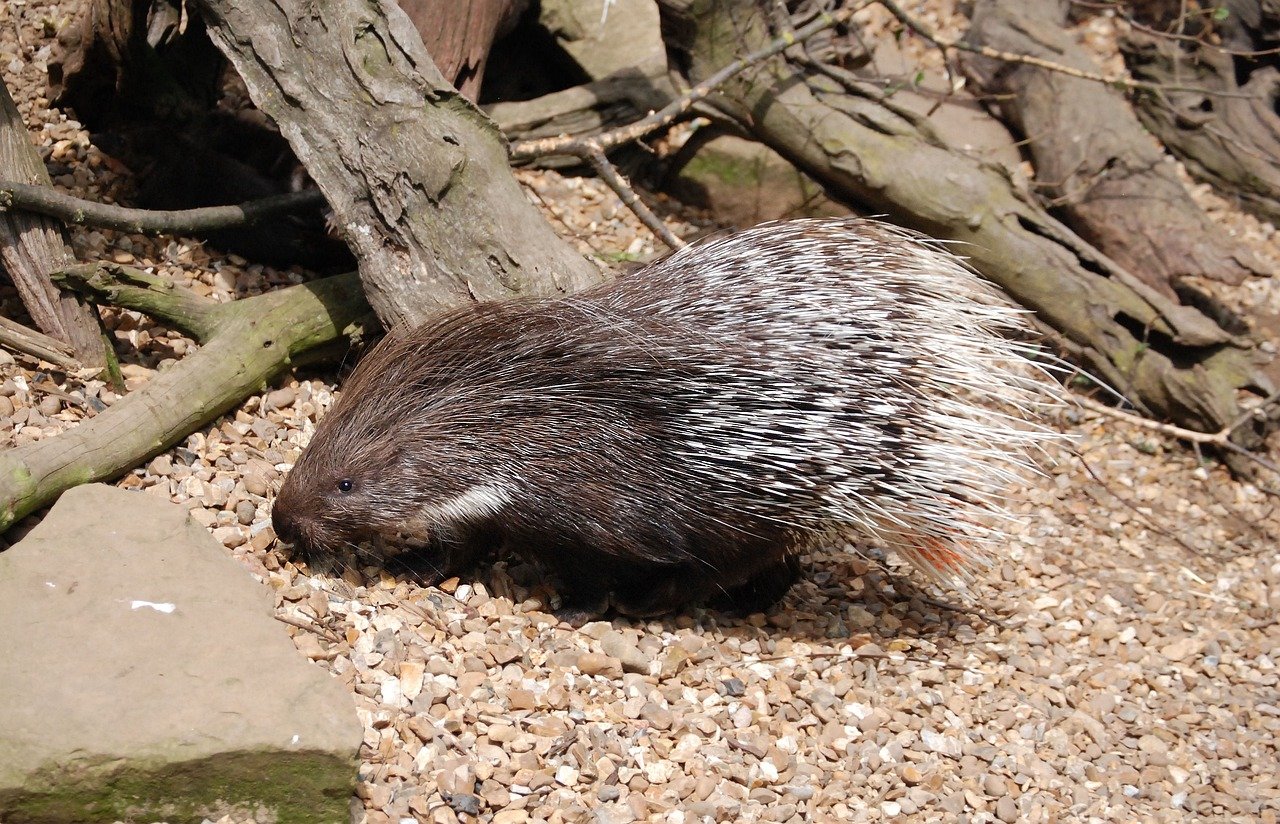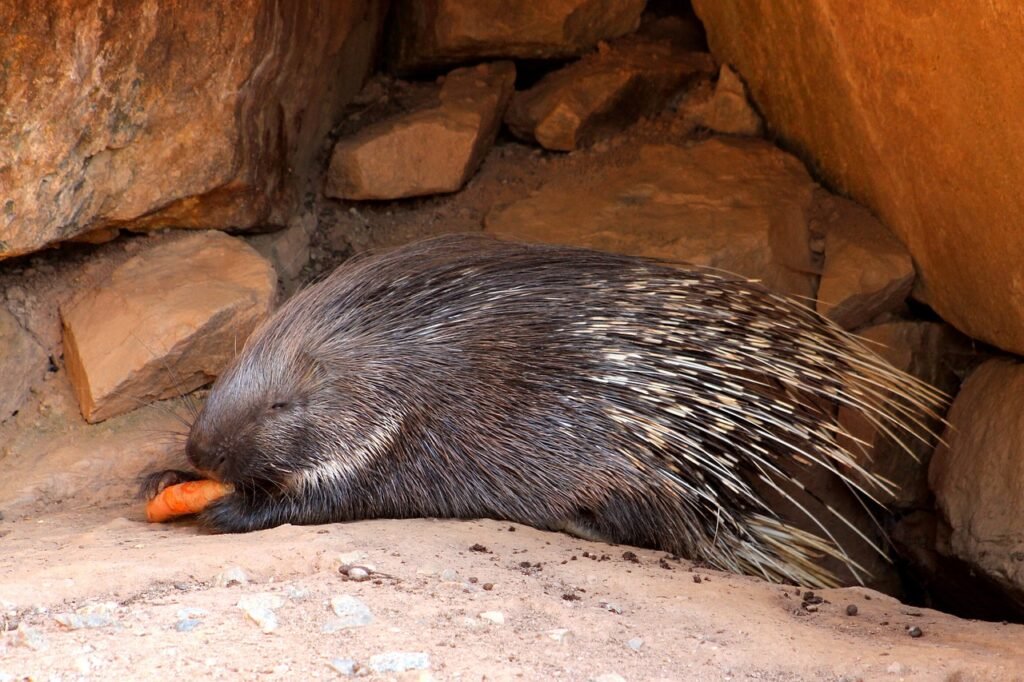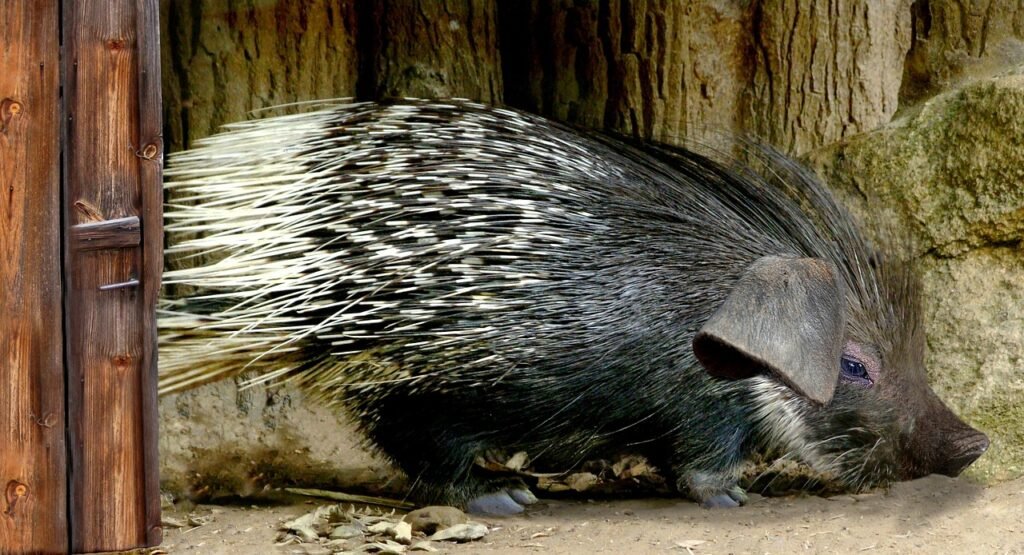Creating the ideal living space for your porcupine involves more than just providing shelter. It’s about understanding their natural behaviors and designing an environment that caters to their needs. In this guide, we’ll delve into the intricacies of porcupine living spaces, from creating cozy nests to incorporating engaging play areas.
1. Creating a Cozy Nest:
Start with a comfortable and secure nesting area. Porcupines appreciate having a cozy space where they can rest and feel safe. Use soft bedding materials, such as hay or straw, to create a warm and inviting nest.
2. Consideration of Burrowing Instincts:
Porcupines have a natural instinct for burrowing. Provide opportunities for burrowing by incorporating tunnels or substrate that allows them to engage in this behavior. This adds a layer of mental stimulation and contributes to their well-being.
3. Appropriate Enclosure Size:
Ensure that the living space is spacious enough to accommodate your porcupine’s movements. Porcupines are active animals, and a larger enclosure allows them to explore, climb, and engage in natural behaviors.
4. Incorporating Hiding Spots:
Porcupines appreciate having hiding spots where they can retreat when feeling stressed or seeking privacy. Design the living space with shelters, logs, or other structures that provide secure hiding places.
5. Climbing Structures and Platforms:
Enhance the living space with climbing structures and platforms. Porcupines are adept climbers, and these additions provide both physical exercise and mental stimulation. Ensure that climbing elements are stable and safe.
6. Variety in Terrain:
Introduce variety into the living space by incorporating different terrains. Rocks, logs, and uneven surfaces mimic their natural habitat and offer opportunities for exploration and engagement.
7. Interactive Play Areas:
Create designated play areas with toys, puzzle feeders, and items that encourage play. Interactive play is essential for mental stimulation and helps prevent boredom.
8. Proper Ventilation and Lighting:
Maintain good air circulation within the living space and ensure that there is adequate lighting. Proper ventilation contributes to a healthy environment, while natural or artificial light helps regulate their natural circadian rhythms.
9. Feeding Stations:
Designate specific areas for feeding to maintain cleanliness and hygiene. Consider using puzzle feeders or scatter feeding to stimulate foraging behaviors.
10. Regular Environmental Enrichment:
Rotate and update the living space regularly with new items and enrichment activities. This prevents monotony and encourages continuous exploration and engagement.
Understanding your porcupine’s living spaces goes beyond providing basic necessities. It involves creating an environment that caters to their instincts, encourages natural behaviors, and promotes a happy and healthy lifestyle. By incorporating these elements into their living space, you’re not just creating a home – you’re crafting a dynamic and enriching habitat for your quilled companion.



